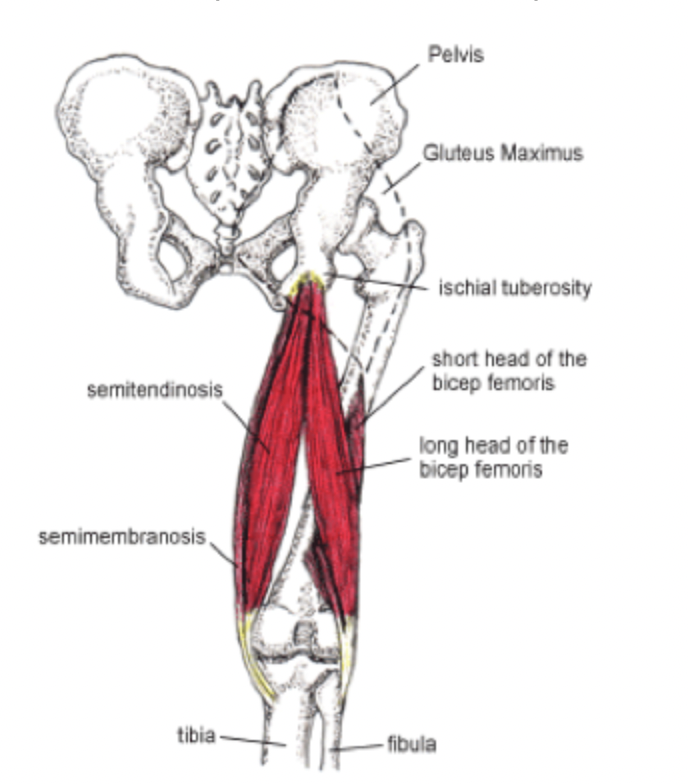Athlete's Foot: What Is It and How Do We Get It?
- Akshaj Sinha
- Feb 1
- 2 min read
Updated: Jun 23
By Akshaj S.
What Is Athlete's Foot?
Athlete’s foot is a contagious fungal infection that typically begins between the toes and can spread across the foot. It is often characterized by itching, redness, and peeling skin. The fungus responsible for this condition thrives in warm, damp areas and is commonly contracted by walking barefoot in public spaces such as locker rooms, showers, and swimming pools. Wearing tight shoes, damp socks, or failing to dry your feet properly can also contribute to the development of athlete’s foot.
This infection can take different forms, including:
Toe Web Infection: Occurs between the toes, often leading to peeling and itching.
Moccasin-Type Infection: Affects the sole and sides of the foot, causing thickened, cracked skin.
Vesicular Infection: Involves fluid-filled blisters, usually on the bottom of the foot
Why Does Athlete’s Foot Develop?
To understand why athlete’s foot occurs, it's important to recognize the conditions that allow fungi to grow and spread. The infection is often transmitted through direct contact with contaminated surfaces or objects, such as floors, towels, or shoes. Factors that contribute to the development of athlete’s foot include:
Excess Moisture: Sweaty feet or damp socks provide an ideal environment for fungal growth.
Walking Barefoot in Public Areas: Locker rooms, communal showers, and swimming pools are common hotspots.
Poor Foot Hygiene: Not drying feet thoroughly or wearing the same shoes and socks repeatedly can encourage fungal infections.
Weakened Immune System: People with diabetes or compromised immune systems may be more prone to infection.
Treatments and Prevention
Athlete’s foot is generally treatable with proper care and hygiene. Over-the-counter antifungal creams, powders, or sprays can help eliminate the infection. In more severe cases, a doctor may prescribe stronger antifungal medication.
To prevent athlete’s foot:
Keep feet clean and dry, especially between the toes.
Wear breathable shoes and moisture-wicking socks to reduce sweat buildup.
Avoid walking barefoot in public areas such as locker rooms or pools.
Change socks and shoes regularly to prevent moisture retention.
Use antifungal powders or sprays if prone to infections.
When to Seek Help
Most cases of athlete’s foot clear up with home treatment, but if symptoms persist or worsen, it may be necessary to see a healthcare provider. If the infection spreads to the toenails, causes excessive pain, or leads to open sores, a prescription antifungal treatment may be required. Ignoring athlete’s foot can lead to complications such as secondary bacterial infections or chronic fungal infections.
Sources:


